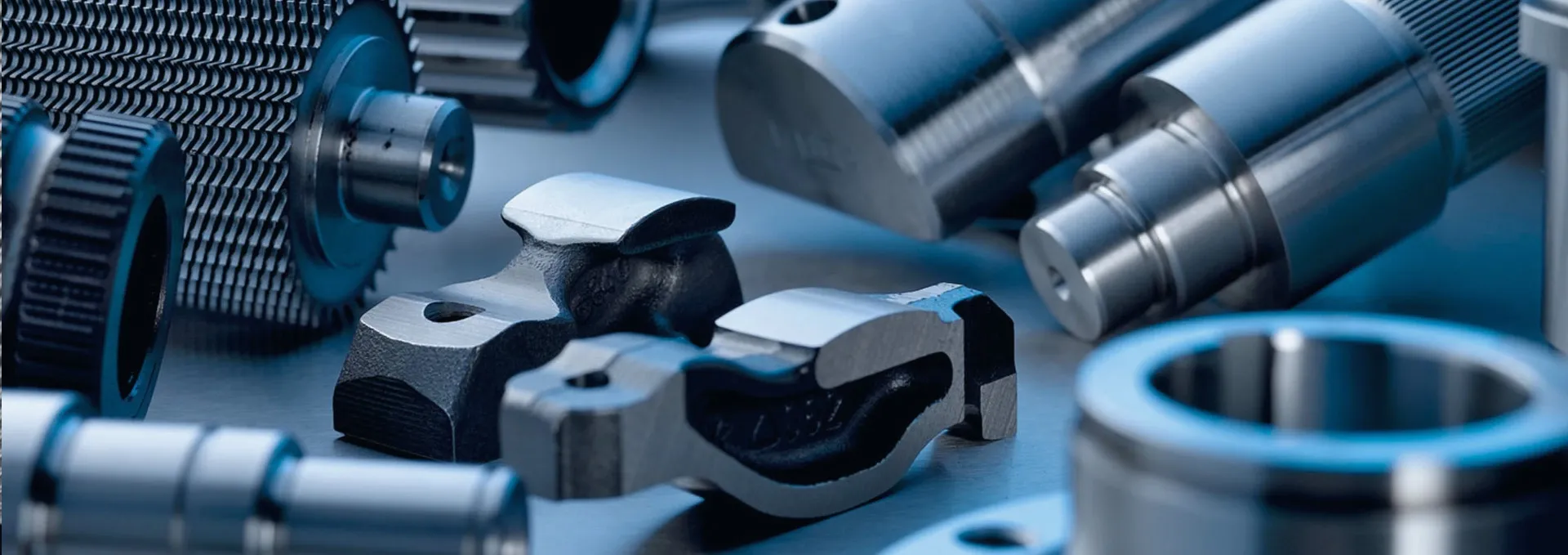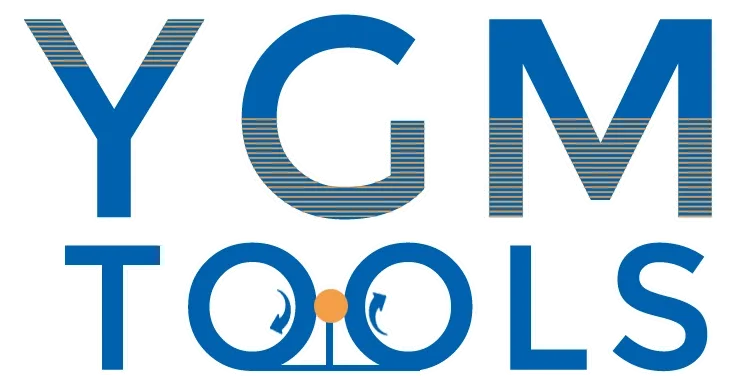
-
 Afrikaans
Afrikaans -
 Albanian
Albanian -
 Amharic
Amharic -
 Arabic
Arabic -
 Armenian
Armenian -
 Azerbaijani
Azerbaijani -
 Basque
Basque -
 Belarusian
Belarusian -
 Bengali
Bengali -
 Bosnian
Bosnian -
 Bulgarian
Bulgarian -
 Catalan
Catalan -
 Cebuano
Cebuano -
 Corsican
Corsican -
 Croatian
Croatian -
 Czech
Czech -
 Danish
Danish -
 Dutch
Dutch -
 English
English -
 Esperanto
Esperanto -
 Estonian
Estonian -
 Finnish
Finnish -
 French
French -
 Frisian
Frisian -
 Galician
Galician -
 Georgian
Georgian -
 German
German -
 Greek
Greek -
 Gujarati
Gujarati -
 Haitian Creole
Haitian Creole -
 hausa
hausa -
 hawaiian
hawaiian -
 Hebrew
Hebrew -
 Hindi
Hindi -
 Miao
Miao -
 Hungarian
Hungarian -
 Icelandic
Icelandic -
 igbo
igbo -
 Indonesian
Indonesian -
 irish
irish -
 Italian
Italian -
 Japanese
Japanese -
 Javanese
Javanese -
 Kannada
Kannada -
 kazakh
kazakh -
 Khmer
Khmer -
 Rwandese
Rwandese -
 Korean
Korean -
 Kurdish
Kurdish -
 Kyrgyz
Kyrgyz -
 Lao
Lao -
 Latin
Latin -
 Latvian
Latvian -
 Lithuanian
Lithuanian -
 Luxembourgish
Luxembourgish -
 Macedonian
Macedonian -
 Malgashi
Malgashi -
 Malay
Malay -
 Malayalam
Malayalam -
 Maltese
Maltese -
 Maori
Maori -
 Marathi
Marathi -
 Mongolian
Mongolian -
 Myanmar
Myanmar -
 Nepali
Nepali -
 Norwegian
Norwegian -
 Norwegian
Norwegian -
 Occitan
Occitan -
 Pashto
Pashto -
 Persian
Persian -
 Polish
Polish -
 Portuguese
Portuguese -
 Punjabi
Punjabi -
 Romanian
Romanian -
 Russian
Russian -
 Samoan
Samoan -
 Scottish Gaelic
Scottish Gaelic -
 Serbian
Serbian -
 Sesotho
Sesotho -
 Shona
Shona -
 Sindhi
Sindhi -
 Sinhala
Sinhala -
 Slovak
Slovak -
 Slovenian
Slovenian -
 Somali
Somali -
 Spanish
Spanish -
 Sundanese
Sundanese -
 Swahili
Swahili -
 Swedish
Swedish -
 Tagalog
Tagalog -
 Tajik
Tajik -
 Tamil
Tamil -
 Tatar
Tatar -
 Telugu
Telugu -
 Thai
Thai -
 Turkish
Turkish -
 Turkmen
Turkmen -
 Ukrainian
Ukrainian -
 Urdu
Urdu -
 Uighur
Uighur -
 Uzbek
Uzbek -
 Vietnamese
Vietnamese -
 Welsh
Welsh -
 Bantu
Bantu -
 Yiddish
Yiddish -
 Yoruba
Yoruba -
 Zulu
Zulu
Precision Thread Rolling Tool for Enhanced Efficiency
Advancing Industrial Fastening: The Precision of Thread Rolling Tools
In the demanding landscape of modern manufacturing, the integrity and reliability of threaded components are paramount. At the heart of this precision lies the thread rolling tool, a critical element in producing high-strength, dimensionally accurate threads. Unlike traditional cutting methods, thread rolling is a chipless forming process that cold-forms threads onto a blank, significantly enhancing material properties and surface finish. This technology is indispensable across diverse sectors, including automotive, aerospace, construction, and heavy machinery, ensuring the robust performance of nuts, bolts, and threaded rods. The increasing demand for efficiency and durability continues to drive innovation in this field, pushing the boundaries of material science and tool design.
The industry's trajectory points towards greater automation, tighter tolerances, and improved material utilization. Advanced machinery such as the flat die thread rolling machine, small thread rolling machine, and hydraulic thread rolling machine are becoming more sophisticated, demanding equally advanced thread rolling tool designs. These machines, combined with optimized tooling, enable higher production rates and superior thread quality, directly contributing to reduced manufacturing costs and enhanced product reliability. Understanding the nuanced interplay between the tool, the machine, and the material is crucial for optimizing thread rolling operations and achieving competitive advantages in today's global market.
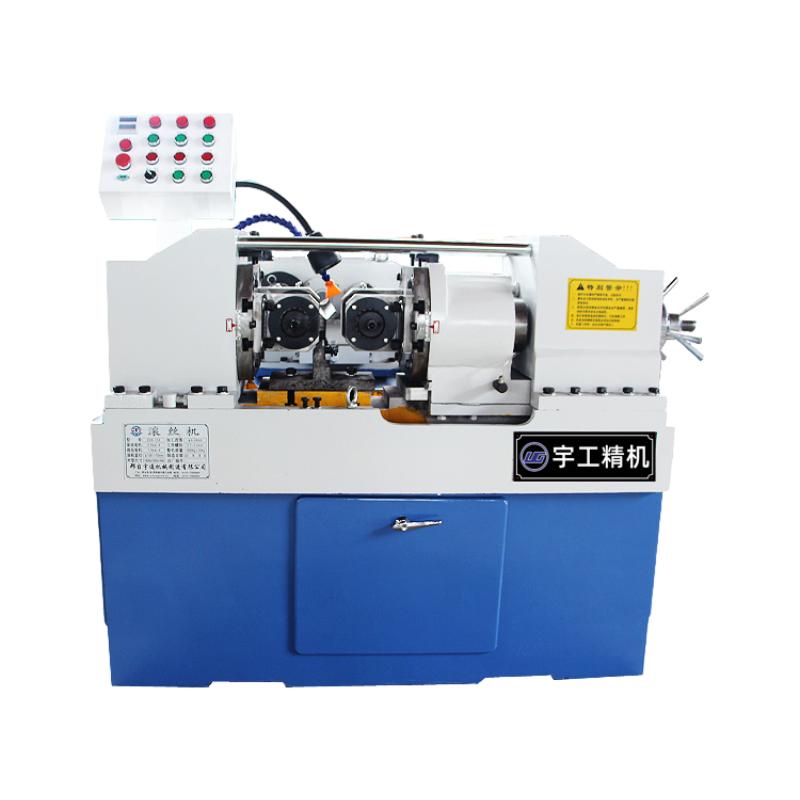
The Engineering Behind Excellence: Thread Rolling Tool Manufacturing Process
The creation of a high-performance thread rolling tool is a sophisticated multi-stage process that combines metallurgical expertise with precision engineering. It typically begins with the selection of high-grade tool steels, often High-Speed Steel (HSS) or premium grades of carbide, chosen for their superior hardness, wear resistance, and toughness. The initial shaping often involves forging to refine the grain structure and enhance mechanical properties, followed by rough machining. Subsequent stages utilize advanced CNC (Computer Numerical Control) machining and grinding for intricate profiling, ensuring the precise thread geometry and lead angle required for accurate thread formation. This meticulous approach guarantees that each thread rolling tool meets stringent design specifications.
Following the shaping, the tools undergo a critical heat treatment process, including hardening and tempering, to achieve the optimal balance of hardness (typically 60-65 HRC for HSS) and ductility, preventing premature wear or fracture. Surface treatments, such as TiN, TiCN, or AlTiN coatings, are often applied to further enhance wear resistance, reduce friction, and extend tool life. Each manufacturing step, from raw material inspection to final dimension verification, adheres to international standards like ISO 9001 and ANSI specifications. This rigorous quality control ensures the tools deliver consistent performance, exceptional service life, and contribute to energy efficiency in operations within industries such as petrochemical, metallurgy, and water supply/drainage, where corrosion resistance is also a key benefit due to the enhanced surface finish.
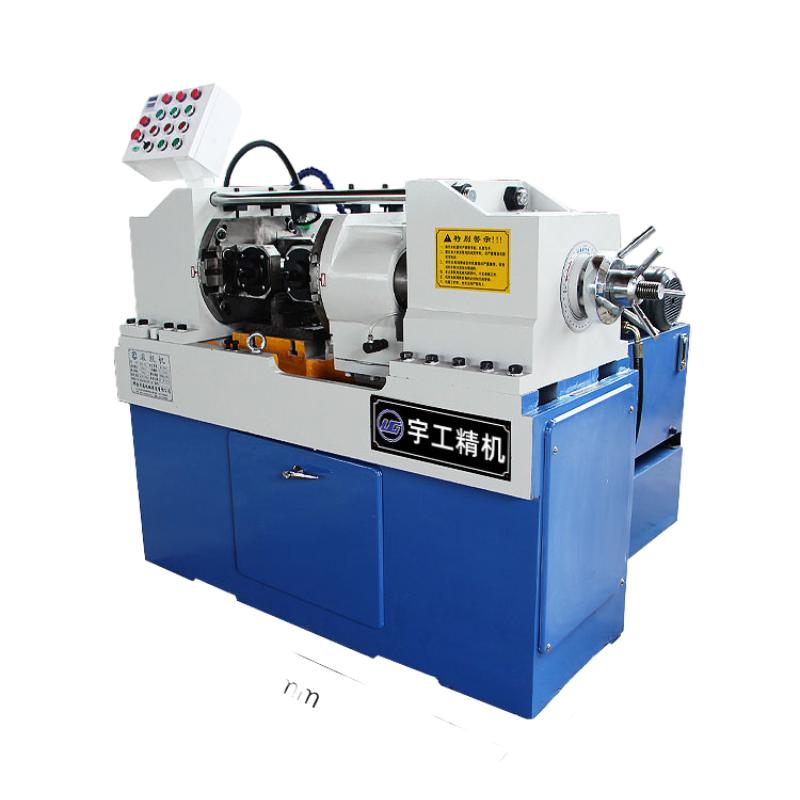
Technical Parameters and Performance Metrics of Thread Rolling Tools
Selecting the appropriate thread rolling tool requires a thorough understanding of its key technical parameters and how they impact performance. These specifications dictate the tool's compatibility with various materials, thread types, and machine capabilities. Key parameters include the nominal diameter range, which defines the size of blanks the tool can process, and the pitch range, specifying the thread coarseness. Material compatibility is crucial, as tools are optimized for specific metals, from low-carbon steels to stainless steel, aluminum alloys, and even more exotic materials like titanium and nickel-based superalloys.
| Parameter | Description | Typical Range/Value |
|---|---|---|
| Tool Material | High-Speed Steel (HSS), Powder Metallurgy HSS, Carbide | HSS M2/M42, Carbide grades K10/K20 |
| Hardness (HRC) | Measure of resistance to permanent indentation | 60-65 HRC (for HSS), 88-92 HRA (for Carbide) |
| Thread Profile | Standard (ISO Metric, Unified), Acme, Trapezoidal, Worm | M, UNC, UNF, ACME, Tr |
| Pitch Range (mm / TPI) | Distance between corresponding points on adjacent threads | 0.5mm - 6.0mm / 4 TPI - 48 TPI |
| Workpiece Diameter Range (mm) | Diameter of the blank that can be rolled | 2mm - 100mm (depends on machine type) |
| Surface Roughness (Ra) | Smoothness of the rolled thread surface | Typically < 0.8 µm |
| Tool Life Expectancy | Number of parts produced before regrinding/replacement | 100,000 - 1,000,000+ parts (material dependent) |
Beyond these fundamental parameters, tool design factors like lead angle, helix angle, and relief angles are meticulously engineered to optimize chip-free forming, minimize tool wear, and prevent material tearing. Performance metrics also include the accuracy of the rolled thread (measured by pitch diameter tolerance), the integrity of the thread root, and the resulting fatigue strength of the component. Companies often perform in-house testing to validate these parameters, ensuring that their thread rolling tool solutions consistently meet or exceed industry standards such as ISO 1502 for thread gauges and ASME B1.1 for Unified Inch Screw Threads, delivering reliable performance in critical applications.
Versatile Applications and Unmatched Advantages
The robust capabilities of the thread rolling tool extend across a vast array of industrial sectors, proving invaluable wherever precision and strength are paramount. In the automotive industry, they are critical for producing high-fatigue-resistant fasteners for engines, chassis, and safety components. Aerospace relies on them for lightweight yet immensely strong threaded parts for aircraft structures and propulsion systems. The construction sector benefits from the high-strength threaded rods and anchors they produce, while general manufacturing, including the production of plumbing fittings and electrical connectors, also heavily utilizes this technology. The inherent benefits of thread rolling make it the preferred method for high-volume, high-quality thread production.
The technical advantages of using a thread rolling tool are significant. Firstly, the cold-forming process work-hardens the material, resulting in threads with increased tensile strength and superior fatigue resistance compared to cut threads. The smooth, burnished surface finish produced by rolling eliminates micro-notches, further preventing stress concentrations and enhancing corrosion resistance, which is vital in harsh environments like petrochemical plants or marine applications. Furthermore, thread rolling is a highly material-efficient process as it forms threads rather than removing material, leading to less waste and contributing to more sustainable manufacturing practices. This not only reduces material costs but also lessens the environmental footprint of production, showcasing energy efficiency as a key benefit.

Beyond the Tool: Integrating with Advanced Thread Rolling Machines
While the thread rolling tool is the critical component defining thread quality, its performance is inextricably linked to the capabilities of the thread rolling machine it operates within. Modern industrial operations leverage a variety of machines, each optimized for specific production scales and part complexities. The flat die thread rolling machine, for instance, is highly efficient for high-volume production of standard fasteners, utilizing two flat dies—one stationary and one reciprocating—to form threads. For smaller-scale or more intricate parts, the small thread rolling machine offers precision and versatility, often featuring adaptable setups for diverse thread forms.
The hydraulic thread rolling machine represents the pinnacle of power and control, ideal for processing larger diameters or harder materials, where the precise control of hydraulic pressure ensures consistent quality and reduced tool wear. When evaluating manufacturers, it's crucial to compare not just the tool specifications but also their expertise in machine-tool integration, material science, and comprehensive engineering support. A reputable manufacturer will demonstrate deep knowledge across the entire thread rolling ecosystem, offering not just tools but solutions that optimize machine performance, reduce downtime, and ultimately enhance overall production efficiency. Their proven track record and certifications like ISO 9001 are indicators of consistent quality and authoritative expertise.
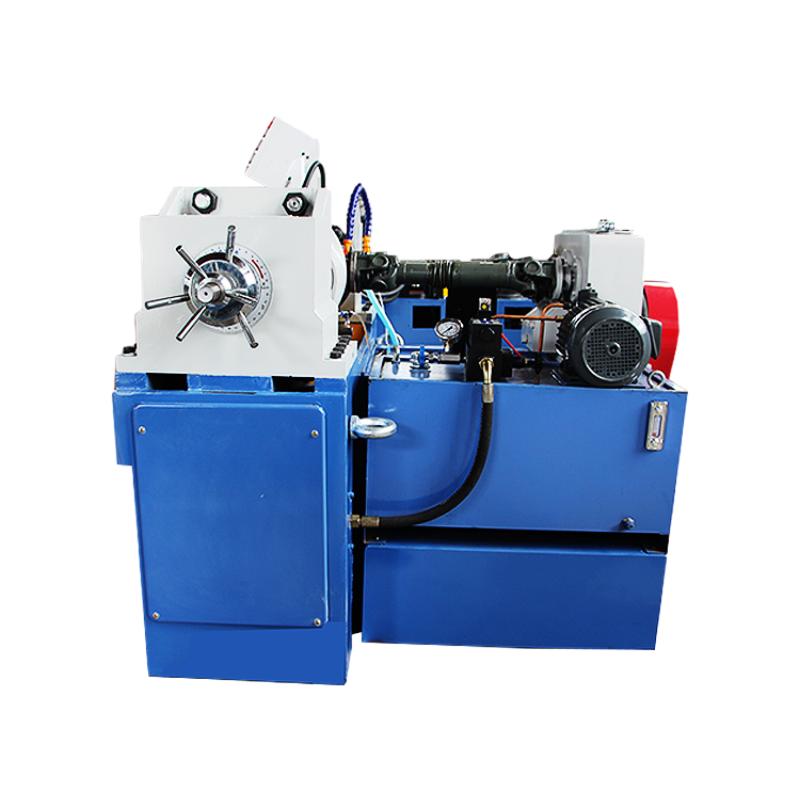
Tailored Solutions: Customization and Specialized Thread Rolling Tools
While standard thread rolling tool designs cater to a broad range of applications, many specialized industries and unique manufacturing challenges necessitate custom solutions. Components with non-standard thread profiles, unusual material properties, or extremely tight tolerances often require a bespoke approach. This customization process typically begins with a detailed consultation, where engineers analyze the specific application, workpiece material, machine type, and desired thread characteristics. This collaborative phase ensures that the final tool design perfectly aligns with the client's production goals.
The design and manufacturing of custom thread rolling tools involve advanced CAD/CAM modeling, finite element analysis (FEA) to simulate rolling forces and material flow, and rapid prototyping. Manufacturers with deep experience can design tools that optimize production rates, extend tool life, and achieve superior thread quality even for the most demanding applications. Examples include specialized tools for aerospace fasteners made from high-temperature superalloys, medical implants requiring biocompatible materials and precise miniature threads, or heavy-duty components for mining equipment subjected to extreme loads. Investing in custom thread rolling tools ensures optimal performance and efficiency for highly specialized or challenging threading operations.
Building Trust: Quality Assurance and Customer Support
For B2B decision-makers, trust is foundational. A reliable supplier of thread rolling tool solutions demonstrates unwavering commitment to quality assurance and robust customer support. Authoritativeness is built through adherence to international quality management systems like ISO 9001:2015, ensuring consistent product quality and process control. This is often backed by comprehensive testing data, including hardness tests, profile measurements using optical comparators, and performance validation tests that simulate real-world production conditions. Many leading companies also possess industry-specific certifications or comply with standards such as ASTM for material properties, further enhancing their credibility.
Trustworthiness extends to practical aspects like transparent delivery timelines and clear warranty commitments. A reputable manufacturer will offer competitive lead times, supported by efficient logistics, and provide a comprehensive warranty against manufacturing defects. Furthermore, exceptional customer support, including pre-sales consultation, technical assistance during setup, and responsive after-sales service, is paramount. This level of experience and dedication ensures that clients not only receive high-quality thread rolling tool products but also benefit from ongoing partnership and expertise, optimizing their operational success and minimizing potential downtime.
Frequently Asked Questions (FAQ)
Q1: What is the primary advantage of thread rolling over thread cutting?
A1: Thread rolling is a chipless cold-forming process that strengthens the material by improving its grain structure, leading to higher tensile strength, superior fatigue resistance, and a smoother surface finish compared to traditional thread cutting, which removes material and can create stress risers.
Q2: How does material hardness affect the choice of a thread rolling tool?
A2: Material hardness significantly influences tool selection. Harder materials require tools made from tougher, more wear-resistant materials like carbide, or HSS with advanced coatings. The tool's geometry and surface finish must also be optimized to handle the increased forming forces and prevent premature wear.
Q3: Can a single thread rolling tool be used for different thread pitches?
A3: Generally, a specific thread rolling tool is designed for a particular thread pitch and profile. While some adjustable or universal dies exist for a narrow range of similar pitches, optimal performance and thread accuracy are achieved with tools precisely matched to the required pitch and diameter.
Q4: What are the typical lead times for custom thread rolling tools?
A4: Lead times for custom thread rolling tool solutions vary depending on complexity, material availability, and manufacturing queue. Simple custom designs might take 4-6 weeks, while highly complex tools with specialized coatings could require 8-12 weeks or more. It's always best to consult directly with the manufacturer for accurate estimates.
References and Further Reading
- ASM Handbook, Vol. 14A: Metalworking: Bulk Forming. ASM International.
- ISO 9001:2015 - Quality management systems — Requirements. International Organization for Standardization.
- Kalpakjian, S., & Schmid, S. R. (2014). Manufacturing Processes for Engineering Materials. Pearson Education.
- Degarmo, E. P., Black, J. T., & Kohser, R. A. (2019). Materials and Processes in Manufacturing. John Wiley & Sons.
- Standards for Unified Inch Screw Threads (UN and UNR Thread Forms). ASME B1.1.
